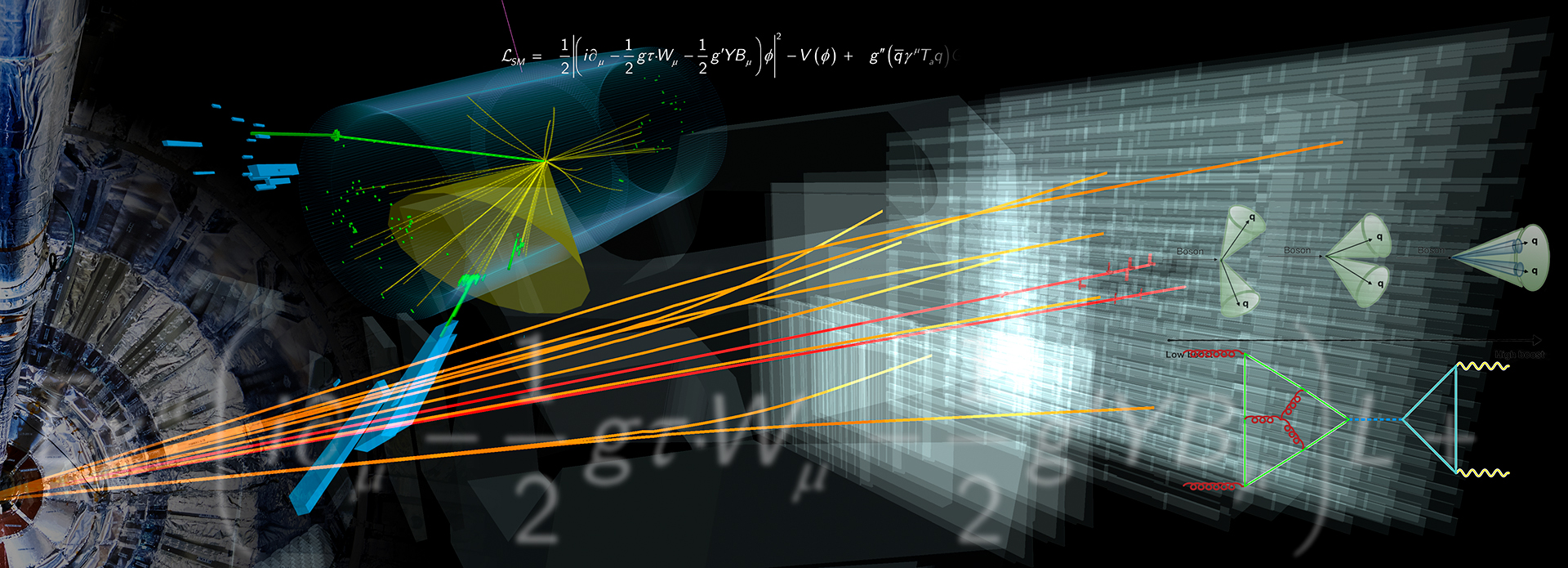C1a : Inclusive semileptonic, rare and radiative decays of B mesons
| Principal Investigators | |
|---|---|
| Dr. Tobias Huber | University of Siegen |
| Prof. Thomas Mannel | University of Siegen |
| Prof. Matthias Steinhauser | Karlsruhe Institute of Technology |
Subject
Inclusive decays of heavy-quark hadrons play an important role in the determination of fundamental parameters and in constraining physics beyond the Standard Model. This class of decays will be investigated at Belle II with unprecedented precision, complementing the studies at LHCb. Inclusive decays can be predicted very reliably using the Heavy Quark Expansion (HQE) which yields a systematic expansion in powers of ΛQCD/mQ and αs(mQ). Within this project we will further investigate inclusive charged current and flavour changing neutral current (FCNC) semileptonic as well as the FCNC radiative B decays using the HQE. The necessary improvements require us to extend the calculations of the perturbative contributions and to investigate the non-perturbative local and non-local hadronic matrix elements.
Topics
- Quark Masses: improve relation between mkin and pole mass; establish N3LO relation between kinetic and ¯MS mass; include finite charm quark mass effects;
- Heavy Quark Expansion for charged currents: QCD corrections to higher orders in the 1/mQ expansion; QED Corrections for the precision determination
- on Vcb; improvement of the inclusive Vub determination; improvement of the HQE parameters;
- Inclusive Decays ˉB→Xsγ and ˉB→Xs,(d)ℓ+ℓ−: 4-loop Q1/2−Q7 interference contribution; QED bremstrahlung corrections; constraining ``New Physics'' from FCNC B Decays;
- Increae precision of ˉB→Xs,(d)ℓ+ℓ−: treatment of resonances and analysis of mXs cut effects; constraints on New Physics and interplay with exclusive modes; contributions of multi-parton final states;
- Higher-order behaviour of the HQE: structures of the HQE at higher order and resummations; realistic models for Duality Violations;
